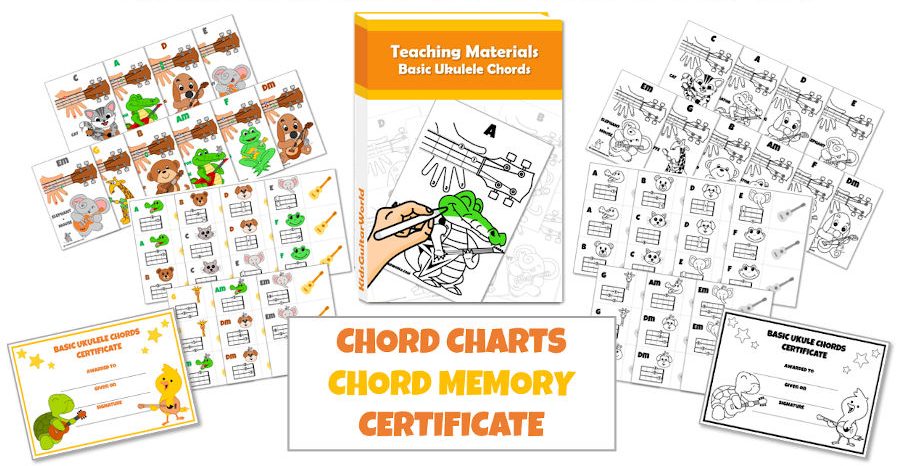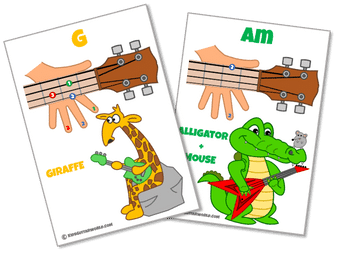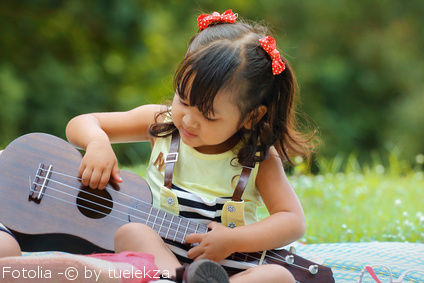
The ukulele is a great first instrument for kids to learn. They are easy to learn, there are very affordable and good ukuleles on the market, and most importantly, the small size of the ukulele is perfect for young children. In this article we will focus on ukulele lessons for kids and how to teach a child to play the ukulele.
Why is a ukulele the perfect instrument for kids
The small size for a ukulele is perfect for children. It also means that they are not too heavy and children can easily wrap their hand around the neck. In addition, the strings are made of nylon and don’t have much tension. That makes it easy to press down the string and to hold chords. This is a big advantage for beginners compared to guitars. Because ukuleles have only four strings, unlike guitars, chords are much easier and some of them require only one finger. So you will see earlier success when you start learning to play the ukulele.
In addition, ukuleles are really fun. Kids get excited because they can quickly learn the first songs. As a first instrument, ukuleles help children learn about music and music theory. If a child is too young for a guitar and is very motivated, a ukulele can be a perfect alternative.
What age can children start playing ukulele?
There is no ideal age to start teaching kids ukulele. When a child shows an interest in it, then you can consider buying an instrument and ukulele lessons for your child. There are kids that already start with 3 years to learn the ukulele. But this is rather an exception. Most students start around 6 years. You can test the motivation and interest of a child by showing him a ukulele in a music store or by watching ukulele videos on youtube. You quickly see if this instrument catches your child’s attention.
But keep in mind, parents shouldn’t force their children to learn to play ukulele. The interest and motivation has to come from the child itself.
Get a soprano ukulele for kids
There are different types of ukuleles, which are basically defined by their size. Beginners often start with a soprano ukulele because you can find them in any music or guitar store and they are quite affordable. Soprano ukuleles are also the smallest, which makes them perfect for children. They are easier to hold and therefore more comfortable to play. Other sizes are concert, tenor, and baritone.
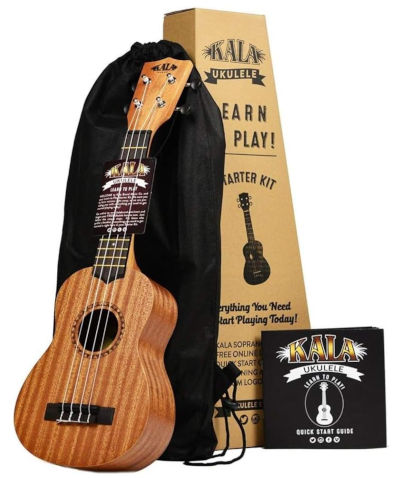
– gig bag is as well included
– good choice for beginners
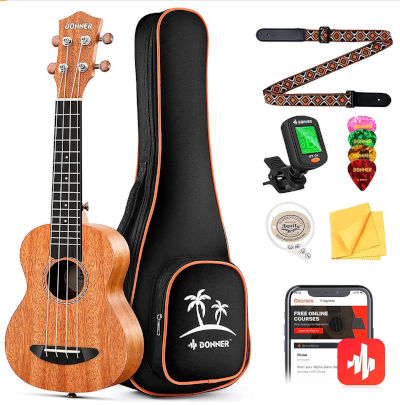
– workmanship is alright
– many accessories already included (bag, tuner, strap, etc)
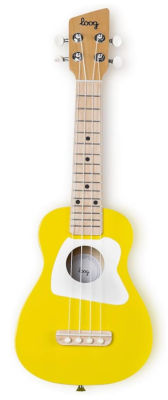
– high quality instruments
– available in different colors
Don’t get the cheapest and most colorful ukulele you can find, because many of them are not good quality. And don’t buy a ukulele in a toy store. The problem is that these ukuleles don’t really hold the tuning. And that’s definitely something that would lead to frustration and a loss of motivation. There are good ukuleles available for under $100 that hold the tuning and are fun to play. However, color can be important for children. In this case, I would highly recommend a ukulele like the Loog Soprano*.
Read more in our article on finding the best ukulele for kids.
Finding Ukulele Lessons Near You
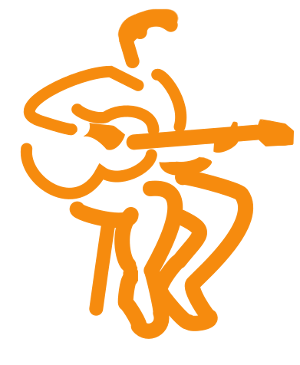
It’s actually quite difficult to find ukulele lessons for children nearby if we don’t live in a big city. There are generally only music schools in big cities that offer ukulele lessons. And most of them offer them for adults and not specifically for children. The reason for this is that the ukulele is still a niche instrument. It is well known and famous, but still considered a fun instrument. Also, typical instruments like guitar and piano are just dominating music classes.
Sometimes there are groups in kindergartens or elementary schools that teach ukulele to children. Otherwise, you could try to find someone who plays the ukulele quite well if they would be interested in teaching your child. Of course, this person should have some solid teaching skills and patience with children.
Could you imagine learning to play the ukulele? If so, you could learn it together with your child. Fortunately, learning to play the ukulele is not too difficult and most students are able to play a song after the first lesson! Learning the basics of the ukulele is much easier than learning the guitar. There are great books out there that explain the basics.
How Teach A Child Ukulele
Ukulele course books for adults can be a good basis for structuring your lessons, but you should also use teaching materials and resources designed for children. Especially with children, it’s important to work with visuals that are catchy and fun.
And here is the way how I would structure a beginner ukulele course for young kids.
1. Get Kids Motivated And Excited
This part is optional, but you should consider it when planning your lesson plan. Young children want to play and discover new things, not sit down and learn theory.
That’s why you should start by having fun with the ukulele. Play a familiar nursery rhyme on the ukulele that they can sing along with. Let them make some noise with the ukulele. If you are teaching a class with several students, then everyone can show each other how good they are at getting random sounds out of the ukulele.
2. Get To Know The Ukulele
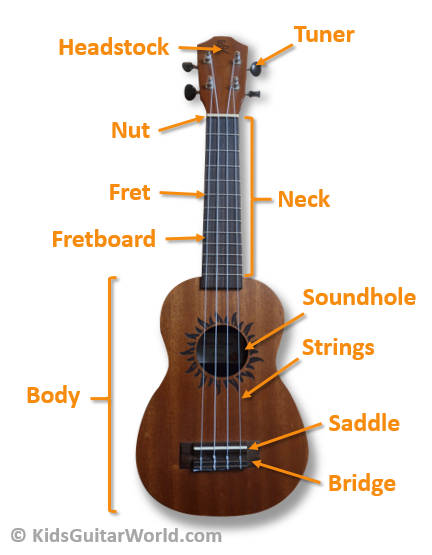
Once you have gotten them excited about playing and jamming, ask them how well they really know their new friend, the ukulele.
Show your student how to hold the ukulele properly and go over the different parts of the instrument. It’s important to explain that the tuners are very sensitive because you can break the strings if you turn them too far!
Also familiarize yourself with the names of the ukulele strings. This is the basis for communication between teacher and student, as well as for teaching ukulele chords.
3. Tuning a Ukulele
This step may be a little complicated for young children. Show your students how a ukulele sounds when it’s in tune and how it sounds when it’s out of tune. This will help them get a feel for the right sound. There are great tuners for ukuleles that make it super easy to tune. However, you should always check the tuning with them.
If you are a ukulele teacher in a class, explain it to the parents so they can help their kids at home.
4. Basic Ukulele Chords
When it comes to playing the ukulele, you need to know some chords. You should start with the easiest ones, so that your child has quickly a feeling of success. For example, the C chord only requires one finger! There are some songs you can play with just two chords. So it’s pretty easy to get there.
For groups, there is a very nice way to play songs together. Imagine you have a nursery rhyme with three chords and you have three students. Each student is responsible for one chord. You sing the song and point to the student who has to play the chord (just with simple downstrokes). This way no one has to change the chord and they play a whole song together.
In the teaching materials I have created, you will find chord charts designed especially for young children. They are easy to understand and kids love colorful things. They are also available in black and white, so they can color them and memorize the chord at the same time.
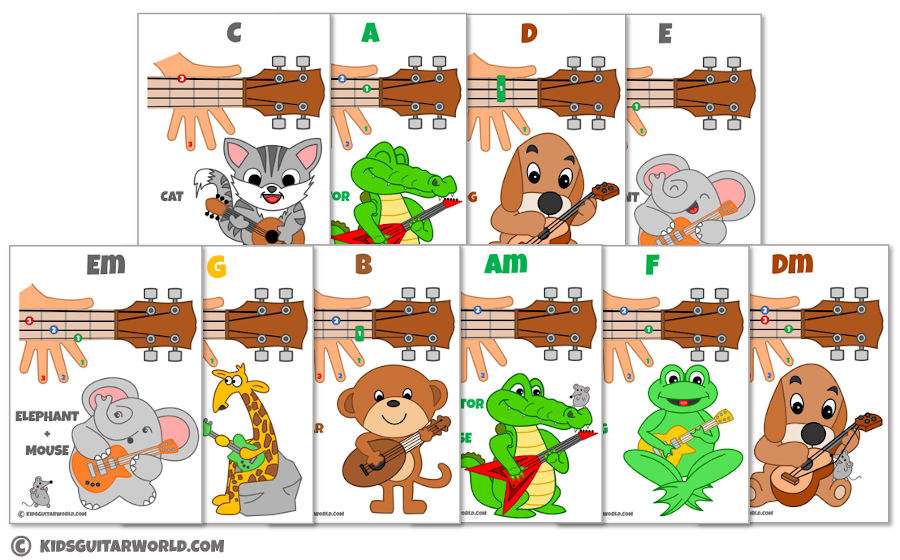
Blank ukulele chord sheets can also be a great addition to your ukulele lessons. This way you can easily practice finger positions on the fretboard with your students on paper before trying them on the guitar.
5. Changing between Chords on the Ukulele
Once your students have mastered a few chords, it’s time to change between them. This takes practice, but some chord changes are fairly easy. So start by teaching chord changes that are not too difficult (for example, from Am to C or from Am to A). If you know how to change between chords, you are already halfway to playing a complete ukulele song.
Again, make your lessons fun and integrate some different activities. For example, play a chord memory game with your students. This activity game is already included in the ukulele teaching materials.
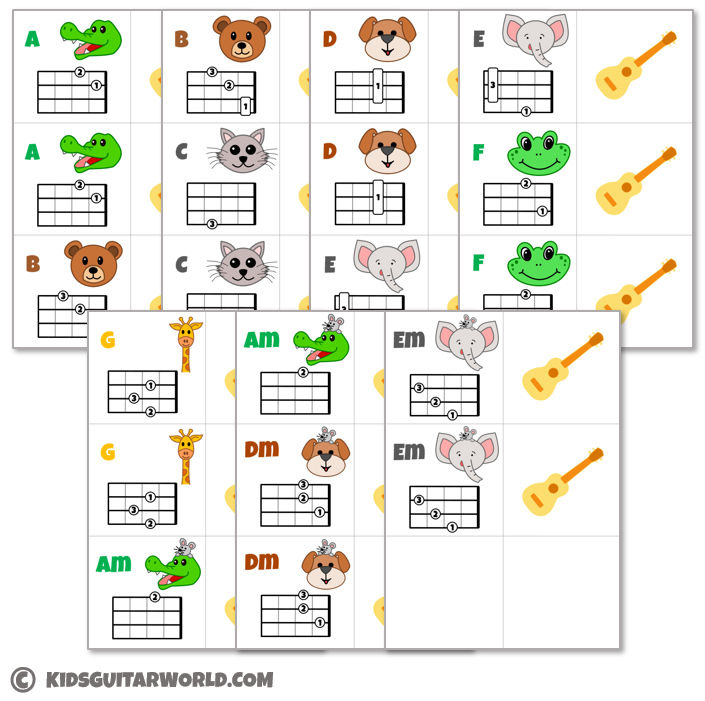
6. Basic Ukulele Strumming Patterns
Strumming the ukulele correctly is the most difficult part for most beginners. There are basically two ways to strum the ukulele: up and down. Strumming down is much easier than strumming up because a down stroke feels more natural. If you combine down and up strokes, you get a strumming pattern, like down down up, that you repeat over and over as you play the song.
7. Easy Ukulele Songs
When teaching ukulele songs to children, start with popular nursery rhymes. They are short, easy to play, and most kids already know the lyrics. Good songs to start with are Twinkle Twinkle Little Star or Baa Baa Black Sheep. Check out our article on easy ukulele songs for kids and get inspired.
Don’t forget to ask your students what they would like to play and see if their song requests fit. If the song is too difficult for a beginner, suggest another song to avoid frustration in learning something too hard. Learning songs should also be fun for children. That’s why it’s a good idea to add some coloring activities as well. We have a ukulele songbook that is specially designed for children.
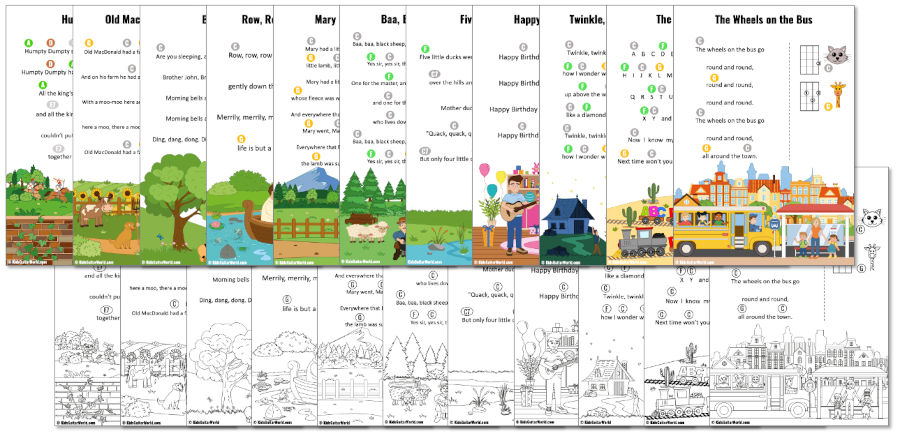
8. Basic Picking
In the beginning, focus on basic chords and basic strumming patterns. But once your students are comfortable with these, introduce them to some picking patterns. You can play any song this way, and it sounds great. It takes more practice, but it’s a great way to learn the notes on your ukulele.
It’s also important to learn how to read ukulele tabs!
9. Music Theory
How is a chord built? How do you change the key of a song? Answering questions like these requires some music theory, and you can spend a lot of time on it. Start with some basics and teach them how to read sheet music.
